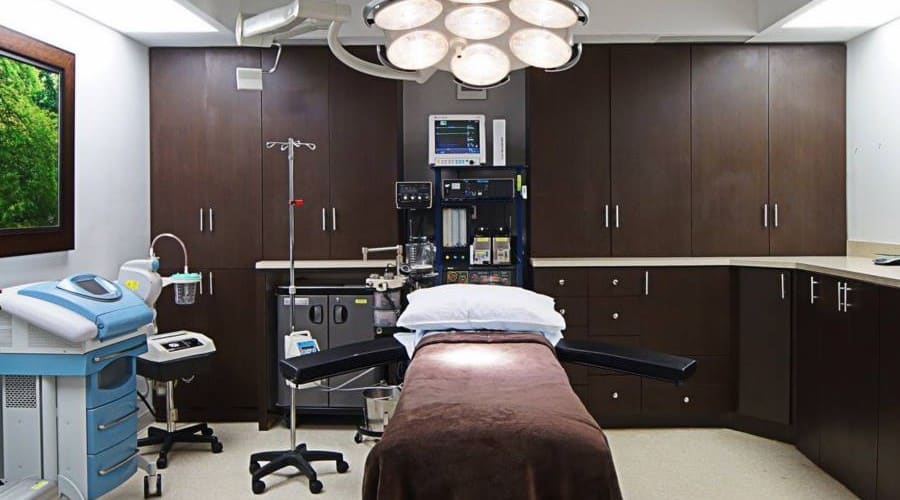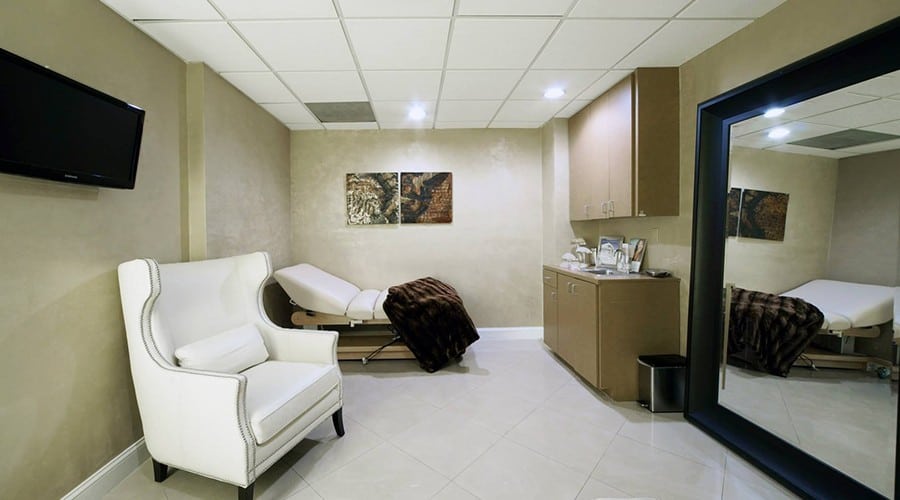Chin Augmentation Options

New advances in plastic surgery make it possible to adjust the proportions of each type of chin, whether prominent or timid. Below, experienced Miami plastic surgeon Dr. Christopher Craft discusses proven ways to improve the shape and projection an overly demure chin.
Choosing Implants
The most popular chin augmentation procedure involves use of an implant. Genioplasty implants are typically made of silicone or a composite material, and can be surgically inserted either through an incision under the chin or one made inside the lower lip. The latter technique hides the scar, but also will require a diet of soft foods during healing. Some implants are attached to the bone, while others are precisely fitted so that they will be firmly held in place by facial muscles and skin.
A related technique uses your own bone as the “implant.” In this so-called sliding genioplasty, part of the jawbone is cut and moved forward to erase a weak chin, or moved back to reduce the prominence of a projecting chin. The bone is locked into place with titanium screws.
The Microfat Option
With fat grafting, sometimes known as fat transfer, your surgeon uses fat cells from other areas of the body and injects small amounts of these cells to increase chin volume and stimulate collagen production.
Although facial fat transfers have been performed for many years, today’s technique is more advanced than the procedures done decades ago. Skilled plastic surgeons now use microfat, a small-particle version of your body’s natural fat. Cells are prepared using special devices that filter and break down the fat that has been harvested from elsewhere in the body, using a liposuction technique.
These fat cells become an integral part of your subdermal face. A 2017 study published in Plastic and Reconstructive Surgery found that 82 percent of fat cells injected to build chin volume survived long-term. In addition, participants showed an average increase in chin projection of 9 mm after four weeks and 7 mm after six months.
If you would like more information on chin augmentation, schedule a personal consultation with experienced Miami plastic surgeon Dr. Christopher Craft today.
This entry was posted in Chin Augmentation . Bookmark the permalink














